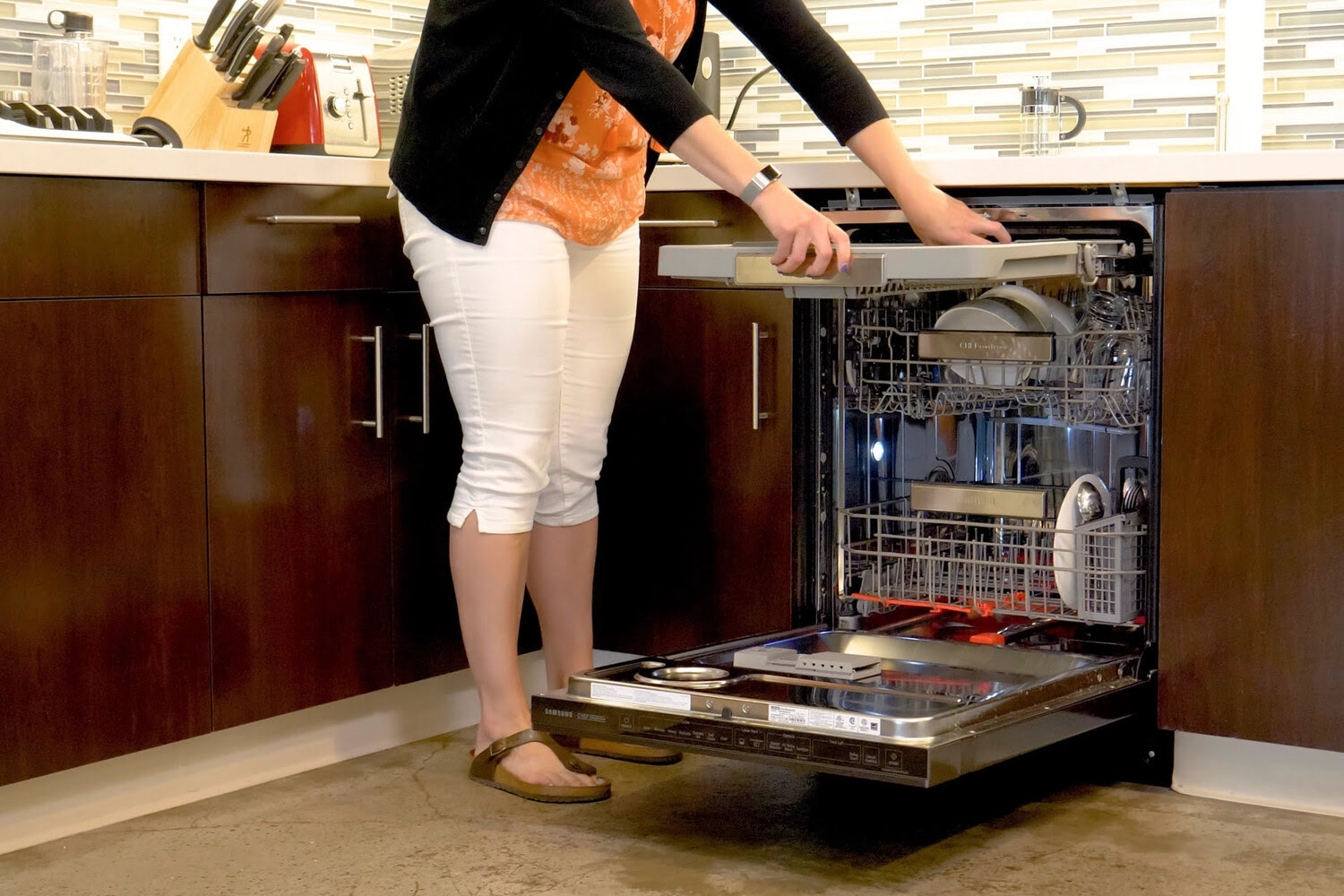

Articles
How To Use Samsung Dishwasher
Modified: January 6, 2024
Discover helpful articles on how to efficiently use your Samsung dishwasher. Learn valuable tips and tricks for a hassle-free dishwashing experience.
(Many of the links in this article redirect to a specific reviewed product. Your purchase of these products through affiliate links helps to generate commission for Storables.com, at no extra cost. Learn more)
Introduction
Welcome to the world of effortless dishwashing with the Samsung Dishwasher! In today’s fast-paced world, having a reliable and efficient dishwasher is essential for every household. Samsung brings innovative technology and superior performance to the kitchen with their range of advanced dishwashers.
With a Samsung dishwasher, you can say goodbye to the tedious task of handwashing dishes and embrace the convenience of automated cleaning. Designed to make your life easier, these dishwashers are equipped with cutting-edge features and intuitive controls.
Whether you’re a seasoned dishwasher user or a first-time owner, this comprehensive guide will walk you through everything you need to know about using and maintaining your Samsung dishwasher. From installation to troubleshooting, we’ll cover every aspect to ensure that you get the most out of your appliance.
Before we dive into the details, let’s take a moment to familiarize ourselves with some important safety precautions that should always be followed when using your Samsung dishwasher.
Key Takeaways:
- Say goodbye to handwashing with Samsung Dishwasher! Follow safety precautions, load effectively, choose the right cycle, and maintain for optimal performance and sparkling clean dishes.
- Master the art of effortless dishwashing with Samsung! Prioritize safety, understand features, load effectively, choose the right cycle, and maintain for a hassle-free dishwashing experience.
Read more: How To Install A Samsung Dishwasher
Safety Precautions
When using your Samsung dishwasher, it’s important to prioritize safety to prevent accidents and ensure proper functioning of your appliance. Here are some essential safety precautions to keep in mind:
- Read the user manual: Before operating your dishwasher, thoroughly read the user manual provided by Samsung. This will help you understand the specific safety instructions and guidelines for your model.
- Proper installation: Ensure that your dishwasher is installed correctly by a professional technician. This includes proper electrical and plumbing connections to avoid any electrical hazards or water leaks.
- Child safety lock: If you have young children in your household, activate the child safety lock feature to prevent them from accidentally starting or interfering with the dishwasher’s operation.
- Do not overload: Avoid overloading the dishwasher with an excessive number of dishes. This can affect the cleaning performance and may cause damage to the appliance.
- Use the appropriate detergents: Only use detergents and rinse aids specifically recommended for dishwashers. Using the wrong products can lead to poor cleaning results and may damage the dishwasher.
- Unload with caution: When unloading the dishwasher, be mindful of sharp objects such as knives and forks. Handle them with care to avoid accidental injuries.
- Disconnect power during maintenance: If you need to perform any maintenance or cleaning tasks, make sure to disconnect the power supply to the dishwasher to avoid electrical accidents.
- Keep the door seal clean: Regularly clean the door seal to prevent the growth of mold or mildew. This will help maintain optimal performance and hygiene.
- Do not interrupt cycles: Avoid opening the dishwasher door during a cycle unless necessary. Doing so can disrupt the cleaning process and may cause hot water or steam to escape.
- Do not touch the heating element: The heating element can become extremely hot during operation and should not be touched. Wait for it to cool down completely before attempting any maintenance tasks.
By following these safety precautions, you can ensure a safe and seamless experience with your Samsung dishwasher. Now that you are aware of the necessary safety measures, let’s explore the various features and functions of your appliance.
Getting to Know Your Samsung Dishwasher
Before you start using your Samsung dishwasher, it’s important to familiarize yourself with its different components and understand how they work together to provide efficient dishwashing. Let’s take a closer look at the key features of your dishwasher:
- Control Panel: The control panel is where you can select various options, such as cycle settings, start/stop buttons, and other customization features. It is typically located on the front of the dishwasher.
- Interior Dish Racks: The interior of the dishwasher consists of adjustable and removable racks that can accommodate dishes of different sizes and shapes. These racks are designed to hold plates, bowls, glasses, and silverware securely during the cleaning process.
- Spray Arms: The spray arms are responsible for distributing water and detergent throughout the dishwasher. They rotate during the cycle to ensure thorough and even cleaning of all the dishes in the dishwasher.
- Filters: Dishwashers are equipped with filters to trap food particles and debris, preventing them from circulating and recirculating during the wash cycles. Regular cleaning of the filters is essential to maintain optimal performance.
- Water Inlet: The water inlet is where the dishwasher connects to the water supply. Make sure the water inlet hose is securely connected to the water source to prevent leaks.
- Drain Pump: The drain pump is responsible for removing dirty water from the dishwasher after the cleaning cycles. It is important to ensure the drain hose is properly connected and free from clogs.
- Drying Mechanism: Most Samsung dishwashers are equipped with a drying mechanism, either through heated drying or condensation drying. This helps to ensure that your dishes come out dry and ready to be put away.
Now that you have a basic understanding of the key components of your Samsung dishwasher, you are ready to proceed with the installation and setup process. In the next section, we will guide you through the necessary steps to get your dishwasher up and running.
Installation and Setup
Proper installation and setup of your Samsung dishwasher are crucial for its optimal performance and longevity. While it is recommended to have a professional technician handle the installation, here are some general steps to guide you through the process:
- Choose the location: Select a suitable location for your dishwasher near a water source and electrical outlet. Ensure that there is enough space for the dishwasher and that it is easily accessible for loading and unloading.
- Check the connections: Before installing the dishwasher, check the water and electrical connections to ensure they match the specifications of the appliance. If needed, consult with a professional electrician or plumber to make any necessary adjustments.
- Prepare the area: Clear out any debris or objects from the installation area. Ensure that the floor is level and sturdy to prevent any vibrations or movement during operation. Use a level to check if the dishwasher is perfectly horizontal.
- Connect the water supply: Connect the water inlet hose to the water source. Ensure that the hose is securely connected to avoid any leaks. If required, use a thread seal tape to provide a tight seal.
- Drainage setup: Connect the drain hose to the appropriate plumbing drain or disposal unit. Confirm that the drain hose is properly aligned and secure, following the manufacturer’s instructions.
- Electrical connection: Plug the dishwasher into a grounded electrical outlet. Use the appropriate voltage and follow the electrical requirements specified in the user manual.
- Leveling and alignment: Using a level, adjust the dishwasher’s feet to ensure that it is perfectly level. This will help with proper drainage and prevent any leaks.
- Test run: Before using the dishwasher with a full load of dishes, run a test cycle to ensure that everything is functioning properly. Check for any leaks or unusual noises during the cycle.
Remember, these are general installation steps, and it is always best to refer to the user manual provided by Samsung for specific instructions based on your model. If you are unsure or uncomfortable performing the installation yourself, it is recommended to seek professional assistance.
Now that your Samsung dishwasher is properly installed and set up, it’s time to learn how to load your dishes effectively for optimal cleaning results. We will discuss this in the next section.
Loading Your Dishwasher
Properly loading your dishes in the dishwasher is essential to ensure effective cleaning and maximize the dishwasher’s capacity. Here are some tips to help you load your Samsung dishwasher efficiently:
- Scrape off excess food: Before loading the dishes, scrape off any large food particles and empty liquids from plates and bowls. This will help prevent clogs and ensure better cleaning.
- Pre-rinse if necessary: While most modern dishwashers can handle dishes with some food residue, heavily soiled items may benefit from a quick pre-rinse. However, avoid excessive rinsing, as modern dishwashers are designed to clean effectively without the need for extensive pre-rinsing.
- Load the bottom rack: Start by loading larger and heavier items, such as pots, pans, and casserole dishes, on the bottom rack. Place them facing downwards to allow better water circulation for thorough cleaning.
- Arrange dishes on the top rack: Place smaller items like glasses, cups, and bowls on the top rack. Make sure they are properly spaced and positioned so that water can reach all surfaces.
- Silverware placement: For silverware, it is recommended to mix spoons, forks, and knives to prevent nesting and ensure proper cleaning. Utilize the provided silverware basket or tray, placing each item with the handle facing down for effective cleaning.
- Avoid overcrowding: Avoid overcrowding the dishwasher by leaving enough space between dishes for optimal water and detergent circulation. Overloading can lead to poor cleaning results and potentially cause damage to the dishwasher.
- Secure loose items: Secure lightweight and delicate items, such as lightweight plastic containers or lids, on the designated areas provided by the dishwasher’s design. This will prevent them from moving around and potentially obstructing the spray arms.
- Check for obstructions: Before starting the dishwasher, ensure that no dishes or utensils are obstructing the spray arms or preventing the detergent from properly dispensing.
By following these loading techniques, you can maximize the capacity of your Samsung dishwasher and ensure that your dishes come out sparkling clean. Now that you have loaded the dishwasher, let’s move on to the next step: selecting the right cycle.
When using a Samsung dishwasher, always make sure to load the dishes according to the manufacturer’s guidelines to ensure proper cleaning and efficient use of water and energy.
Read more: How To Reset Samsung Dishwasher
Selecting the Right Cycle
Choosing the appropriate cycle for your Samsung dishwasher is crucial to achieve optimal cleaning results while conserving energy and water. Here’s a breakdown of the different cycles typically available on Samsung dishwashers:
- Normal Wash: This is the standard cycle for everyday dishwashing needs. It is suitable for items with normal food soil and provides thorough cleaning.
- Heavy Wash: Use this cycle for heavily soiled dishes, pots, and pans. It features increased water temperature and extended wash time to tackle tough stains and grease.
- Quick Wash: The Quick Wash cycle is designed for lightly soiled dishes that need a quick refresh. It is shorter in duration, saving time and energy.
- Auto Clean: The Auto Clean cycle is a smart feature that automatically adjusts the cycle time and intensity based on the level of dirt and soil detected by sensors. This optimizes cleaning efficiency while reducing water and energy consumption.
- Express Wash: If you’re in a rush and need clean dishes as quickly as possible, the Express Wash cycle is your go-to option. It completes a full wash cycle within a shorter timeframe.
- Rinse Only: Use this cycle to rinse off dishes that will not be washed immediately. It removes any leftover food particles and prevents them from drying onto the dishes.
- Sanitize: For enhanced hygiene, select the Sanitize cycle to eliminate bacteria and germs effectively. It typically uses higher water temperatures to ensure maximum sanitization.
- Energy-Saving Mode: If you want to conserve energy and water, look for the Energy-Saving mode option. This cycle reduces water consumption and adjusts the temperature and duration to minimize energy usage.
When selecting a cycle, consider the level of soil on your dishes, the time available, and your energy-saving preferences. It’s also worth noting that some Samsung dishwashers offer additional specialty cycles like Delicate, Glassware, or Eco Mode, catering to specific cleaning needs.
Now that you know how to choose the right cycle, let’s move on to the next step: adding detergent and rinse aid.
Adding Detergent and Rinse Aid
Properly adding detergent and rinse aid to your Samsung dishwasher is essential for achieving spotless and streak-free dishes. Here’s how to do it effectively:
- Detergent Selection: Choose a dishwasher detergent that is specifically formulated for automatic dishwashers. Use a high-quality detergent to ensure effective cleaning results.
- Detergent Dispenser: Locate the detergent dispenser in your Samsung dishwasher. It is typically located on the inside of the dishwasher door or at the bottom of the dishwasher’s interior.
- Check Water Hardness: If your water supply is hard water, it’s recommended to use a dishwasher detergent specifically designed for hard water. This helps prevent the buildup of mineral deposits on your dishes, glassware, and dishwasher.
- Follow Manufacturer’s Recommendations: Carefully read the instructions on the detergent packaging to determine the appropriate amount of detergent to use for each cycle. It’s important not to underdose or overdose to ensure effective cleaning without unnecessary waste or residue.
- Fill the Dispenser: Open the detergent dispenser and pour the recommended amount of detergent into the dispenser cup. Be careful not to spill any detergent on the edges, as it may interfere with the door’s closing.
- Add Rinse Aid: Rinse aid helps to reduce water spots and enhance drying performance. Locate the rinse aid dispenser inside your dishwasher and fill it with the recommended rinse aid solution. Follow the manufacturer’s instructions for the correct amount and adjust the dispenser setting if necessary.
- Close the Dispensers: Once you have added the detergent and rinse aid, close the detergent and rinse aid dispenser compartments securely.
Remember to check the detergent and rinse aid levels regularly to ensure you have enough supply for multiple wash cycles. Refill them as needed to maintain consistent cleaning performance.
Now that you have added the detergent and rinse aid, let’s move on to the next section: troubleshooting common issues that you may encounter with your Samsung dishwasher.
Troubleshooting Common Issues
While Samsung dishwashers are designed to provide reliable performance, you may occasionally encounter some common issues. Here are a few troubleshooting tips to help address these problems:
- Dishwasher not starting: Check if the dishwasher is properly plugged into a functioning power outlet and the door is securely closed. Ensure that the control panel settings are correct and try resetting the dishwasher by turning off the power for a few minutes before turning it back on.
- Poor cleaning performance: If your dishes are not coming out clean, make sure you are using the appropriate amount of detergent and selecting the right cycle for the level of soil. Check if the spray arms are free from any blockages and clean the filters if they are dirty. Also, ensure that the dishes are properly loaded, allowing water and detergent to reach all surfaces.
- Dishwasher not draining: If water remains in the dishwasher after a cycle, check for any clogs in the drain hose or food debris blocking the drainage system. Clean the filters and ensure that the drain pump is working properly. If the issue persists, consult the user manual or contact a professional technician.
- Leaking dishwasher: Inspect the door gasket for any signs of damage or debris that may be preventing a proper seal. Make sure the dishwasher is level to avoid water leakage. If the problem persists, it may indicate a faulty component or a plumbing issue, and it’s best to seek professional assistance.
- Noisy operation: A certain amount of noise during operation is normal, but excessive noise may be a sign of an issue. Check for any loose or obstructed items in the dishwasher that may be causing the noise. Ensure that the dishwasher is properly leveled and that the spray arms are rotating freely. If the noise continues, professional help may be required to diagnose and fix the problem.
If you encounter any other issues with your Samsung dishwasher that are not covered here, refer to the user manual for troubleshooting instructions specific to your model. In case the problem persists or requires technical expertise, it is recommended to contact Samsung customer support or consult a professional technician.
Now that we’ve covered common troubleshooting tips, let’s move on to the next section: cleaning and maintenance of your Samsung dishwasher.
Cleaning and Maintenance
Regular cleaning and maintenance of your Samsung dishwasher are essential to ensure its optimal performance and longevity. Here are some important steps to follow:
- Clean the Filters: Remove and clean the filters regularly to prevent clogs and maintain efficient water drainage. Rinse the filters under running water to remove any food particles and debris. Reinstall them properly according to the user manual’s instructions.
- Wipe the Interior: Use a soft cloth or sponge to wipe the interior of the dishwasher, including the walls, racks, and door. Pay special attention to any accumulated residue or buildup. Use a mild detergent if needed, avoiding abrasive cleaners that may damage the dishwasher’s surfaces.
- Deodorize: If there are any lingering odors in your dishwasher, place a cup of white vinegar on the top rack and run a hot wash cycle. This will help deodorize and freshen up the dishwasher.
- Clean the Spray Arms: Check the spray arms for any clogs or blockages that may hinder water flow. Remove the spray arms and rinse them under running water to clear any debris. Use a toothpick or small brush to unclog the spray arm holes if necessary.
- Check and Clean the Door Seal: Inspect the door seal for any debris, mold, or mildew. Wipe it down with a damp cloth and mild detergent to keep it clean and prevent any leakage issues. Make sure the seal is free from any cracks or damage.
- Inspect the Connections: Regularly check the water supply and drain connections for any leaks or damage. Tighten any loose connections and replace any damaged hoses if needed.
- Run Maintenance Cycle: Some Samsung dishwashers have a specific maintenance cycle that is designed to clean the interior, remove mineral deposits, and keep the dishwasher in optimal condition. Follow the user manual instructions to run this cycle when necessary.
- Keep the Exterior Clean: Wipe down the exterior of the dishwasher with a soft cloth and mild detergent to keep it looking clean and shiny. Avoid using abrasive cleaners that may scratch the surface.
By following these cleaning and maintenance practices, you can keep your Samsung dishwasher in top condition and ensure its reliable performance for years to come.
Now that you know how to clean and maintain your dishwasher, let’s conclude our article.
Read more: How To Drain A Samsung Dishwasher
Conclusion
Congratulations! You are now equipped with the knowledge and understanding to make the most out of your Samsung dishwasher. By following the safety precautions, familiarizing yourself with the dishwasher’s features, and implementing proper loading techniques, you can ensure efficient and effective dishwashing every time.
From installation and setup to selecting the right cycle and adding detergent and rinse aid, we’ve covered all the essential steps to optimize your dishwasher’s performance. In addition, we’ve provided troubleshooting tips to address common issues and highlighted the importance of regular cleaning and maintenance to prolong the lifespan of your appliance.
Remember to consult your user manual for specific instructions that apply to your model of Samsung dishwasher. It’s important to follow the manufacturer’s guidelines to maximize the benefits and functionality of your appliance.
With your Samsung dishwasher, you can now say goodbye to the laborious task of handwashing dishes and enjoy the convenience of automated cleaning. Spend less time at the sink and more time doing the things you love, all while knowing that your dishes are being efficiently cleaned and sanitized.
So go ahead, load up your Samsung dishwasher with confidence, sit back, and relax. Let technology do the work as you enjoy the convenience and efficiency of a perfectly clean and sparkling set of dishes.
Frequently Asked Questions about How To Use Samsung Dishwasher
Was this page helpful?
At Storables.com, we guarantee accurate and reliable information. Our content, validated by Expert Board Contributors, is crafted following stringent Editorial Policies. We're committed to providing you with well-researched, expert-backed insights for all your informational needs.
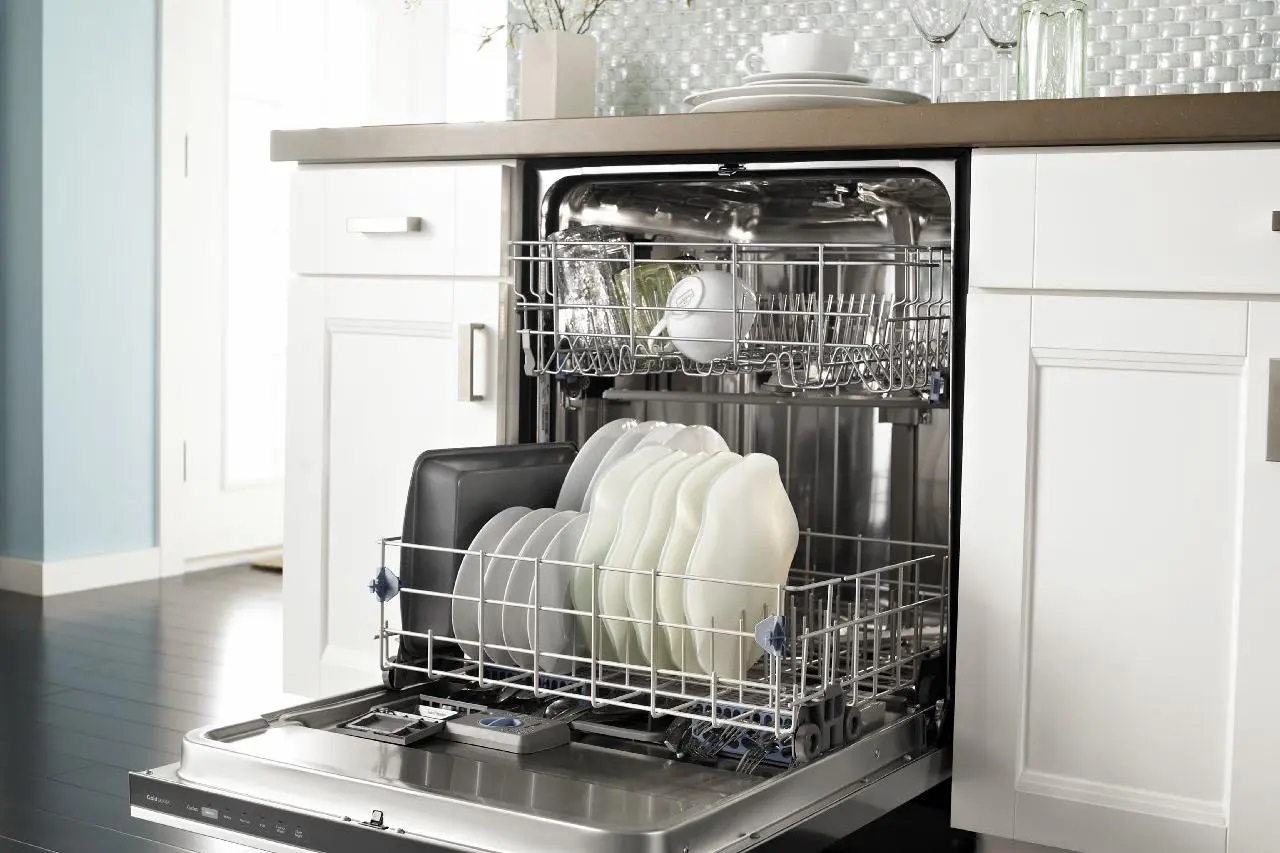
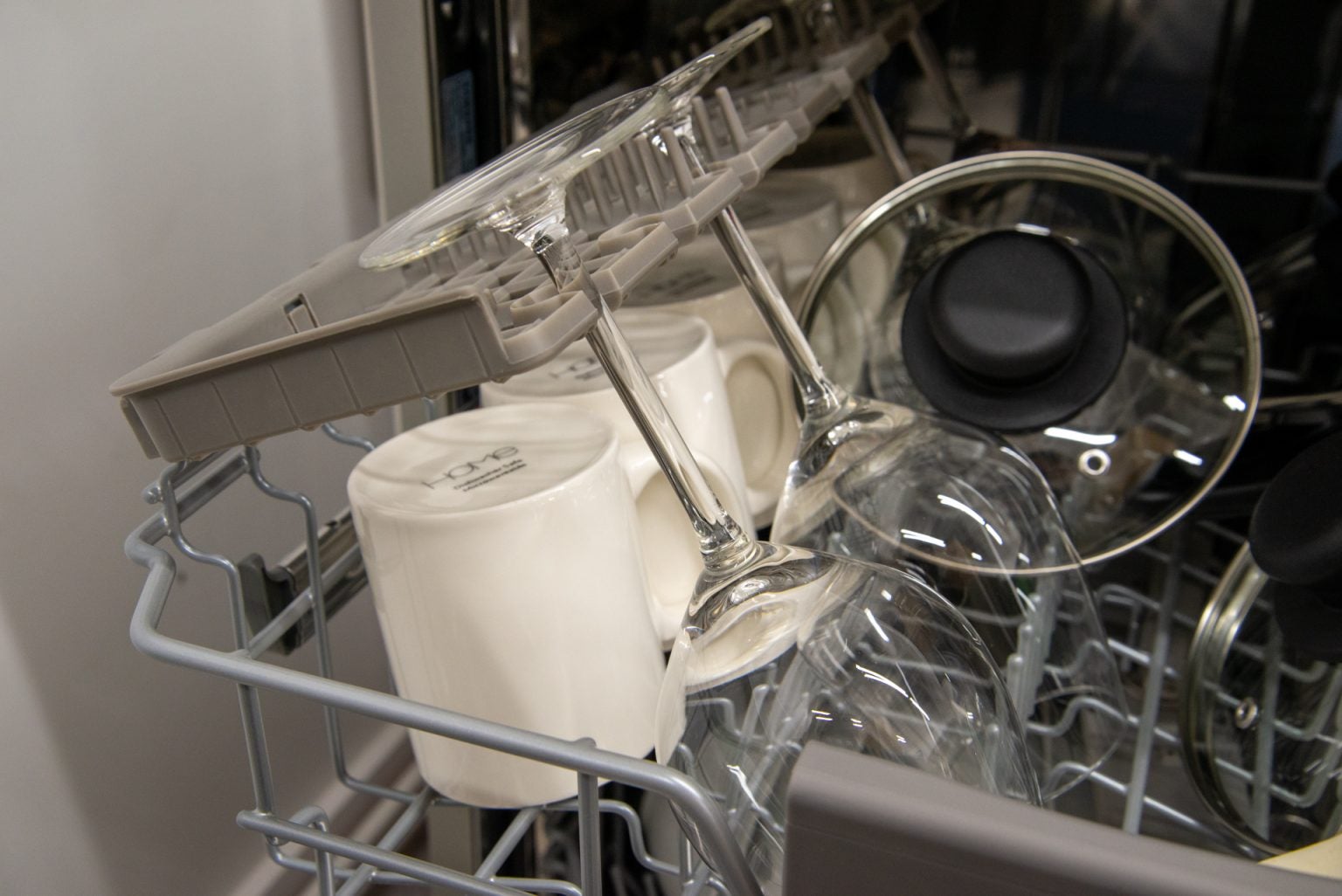
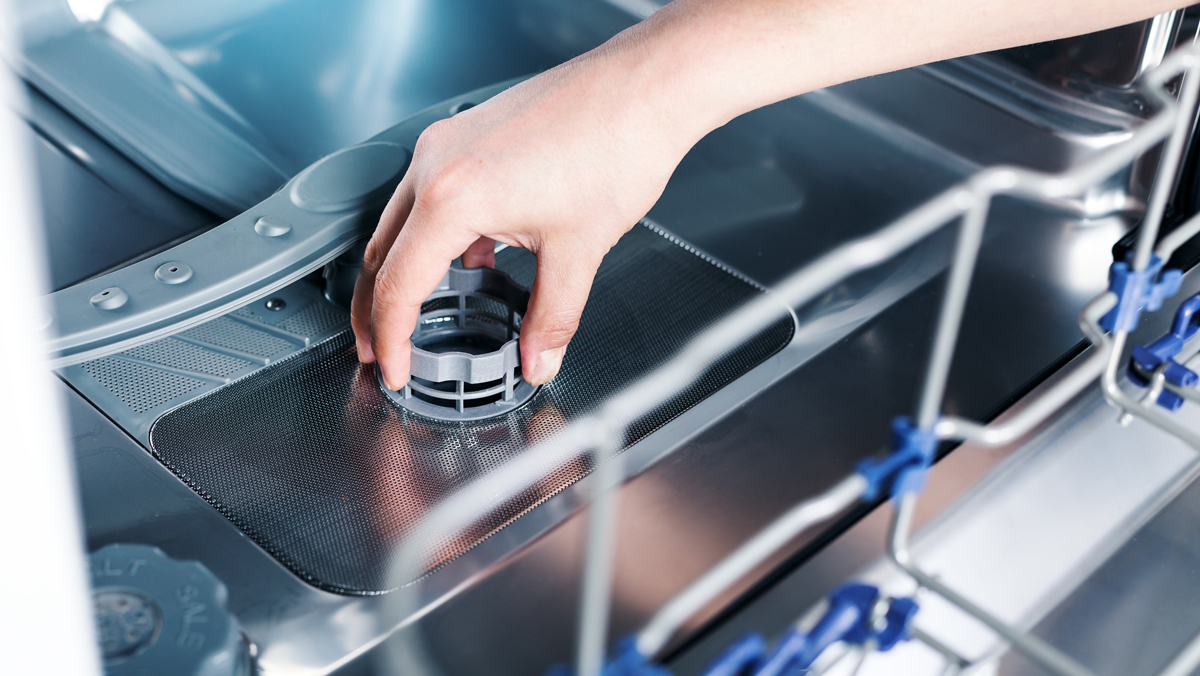
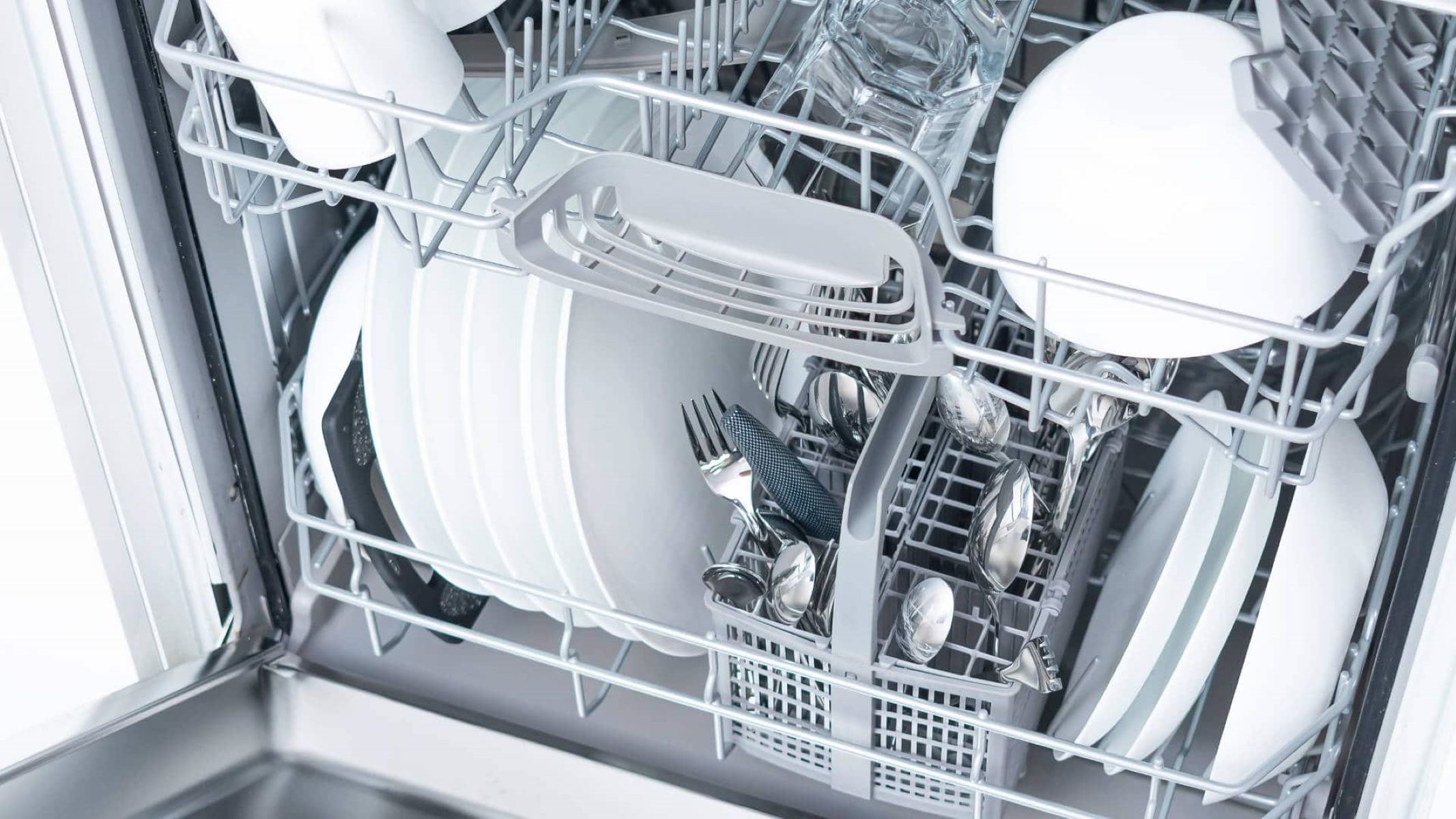
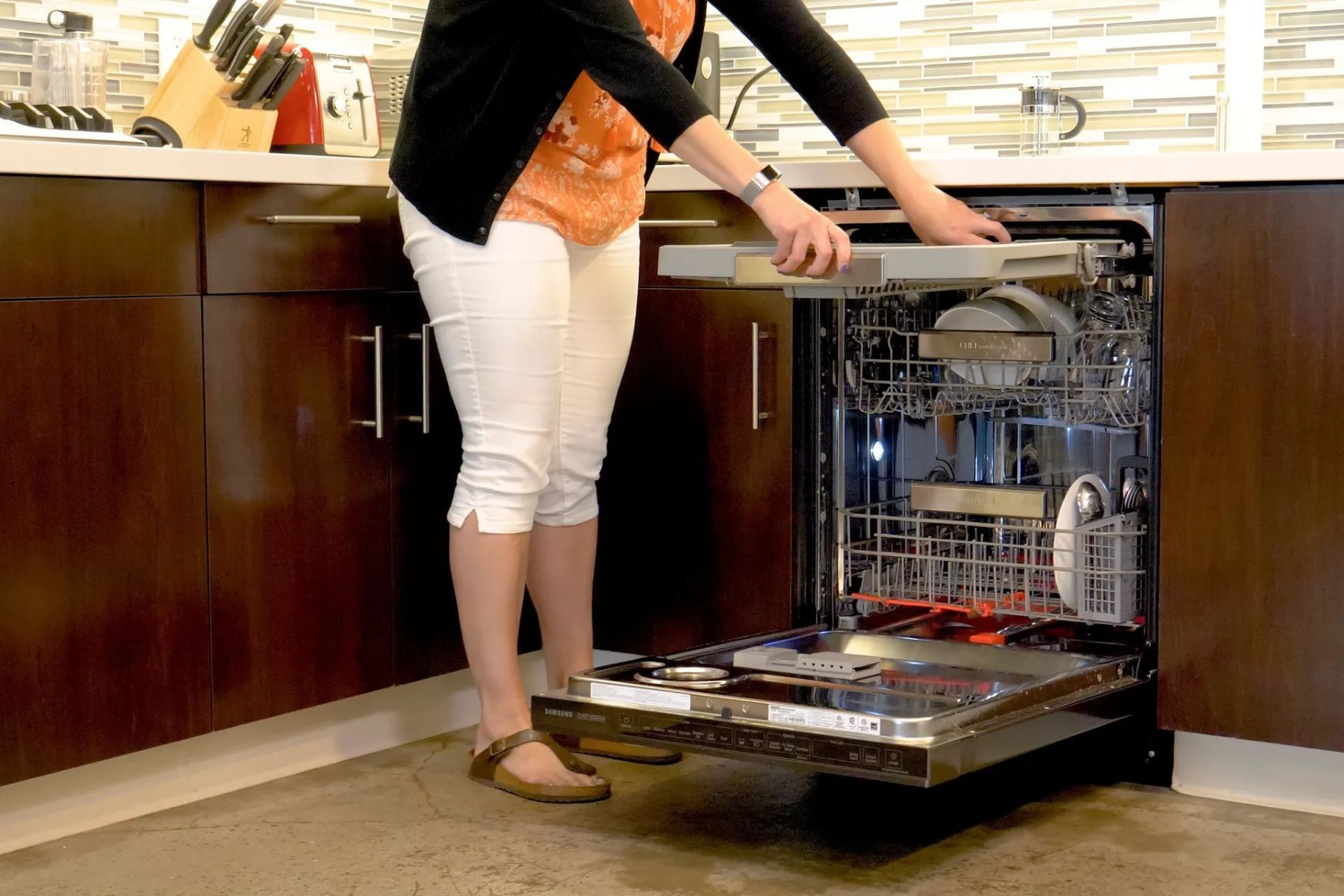
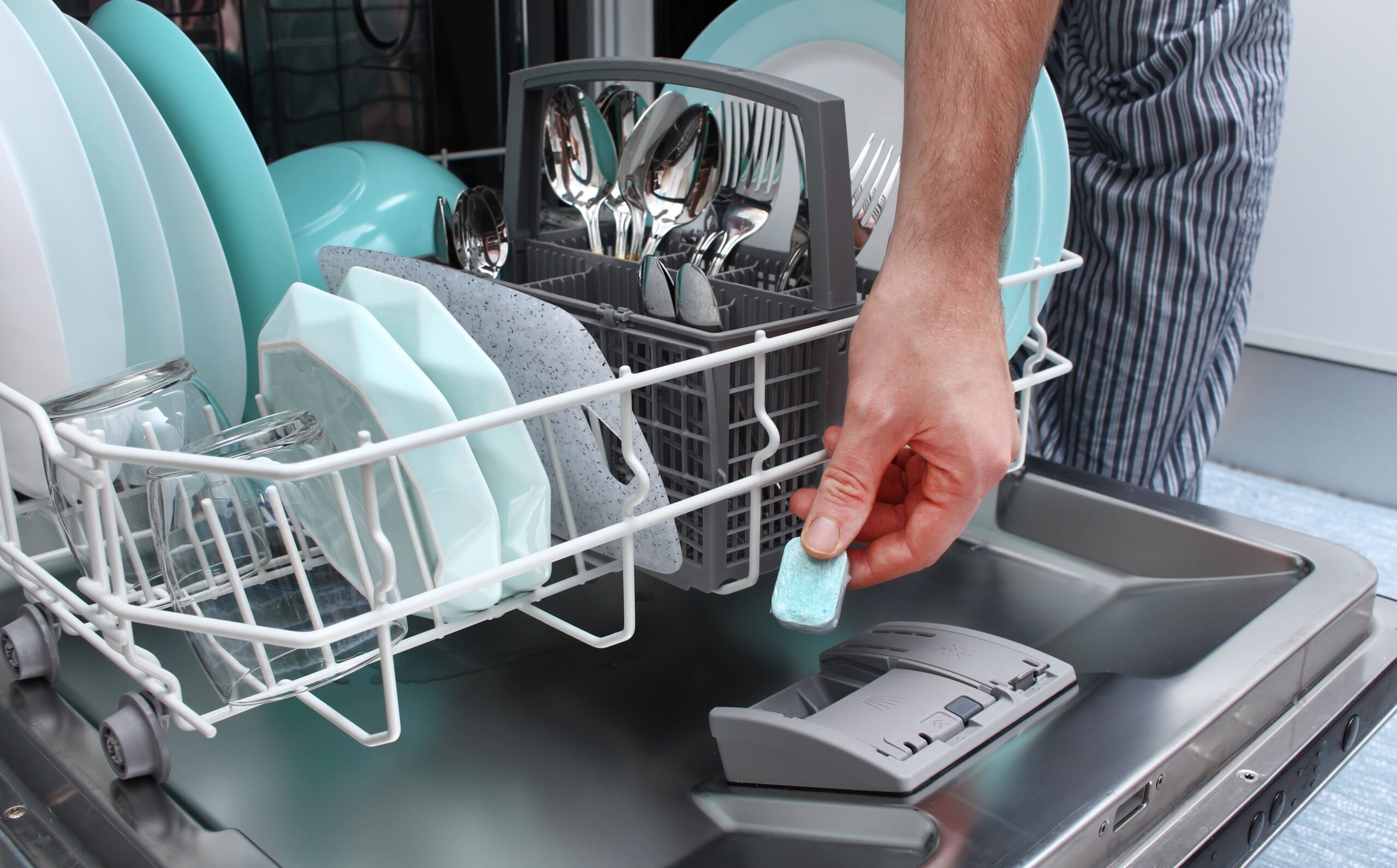
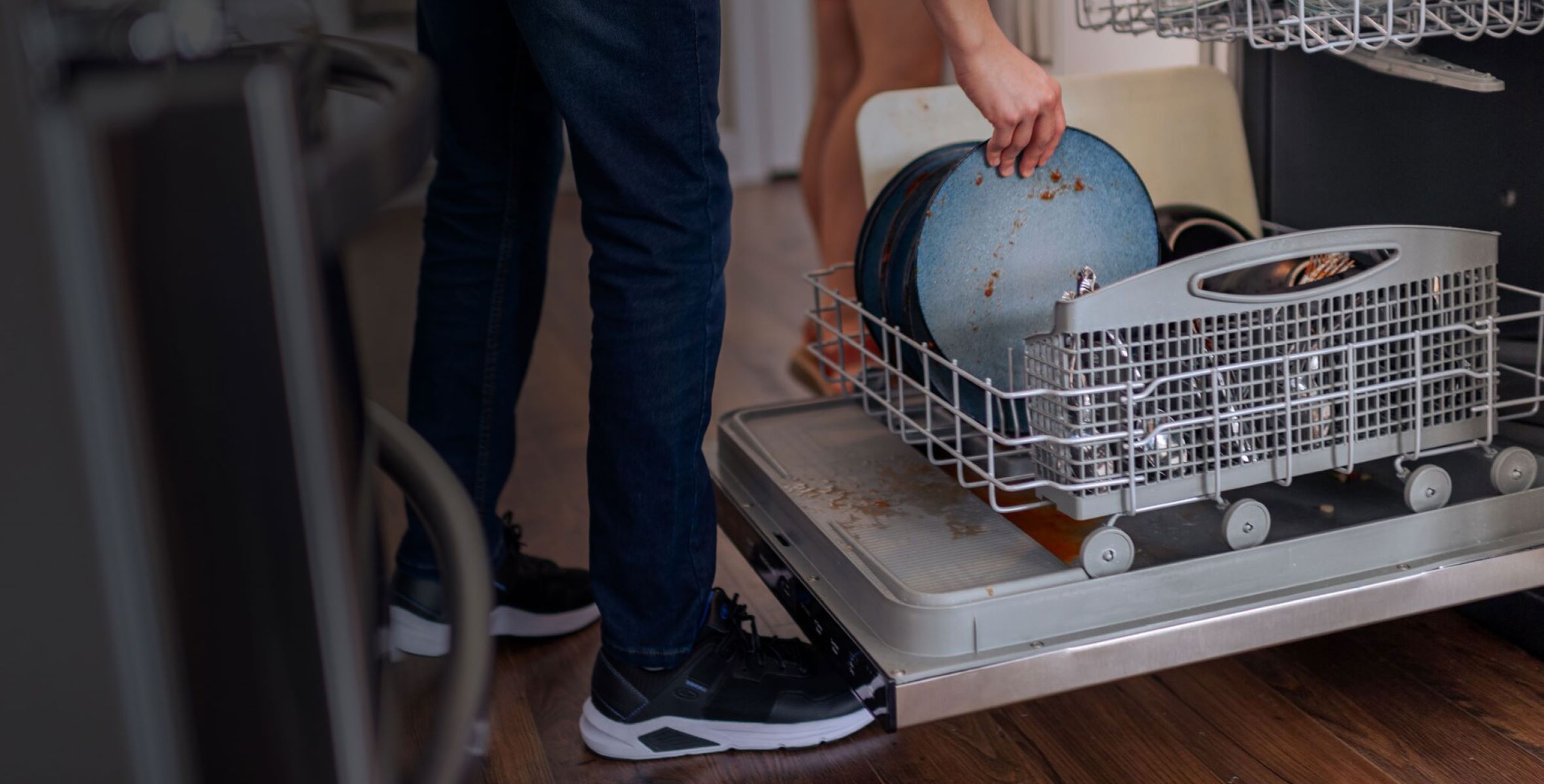
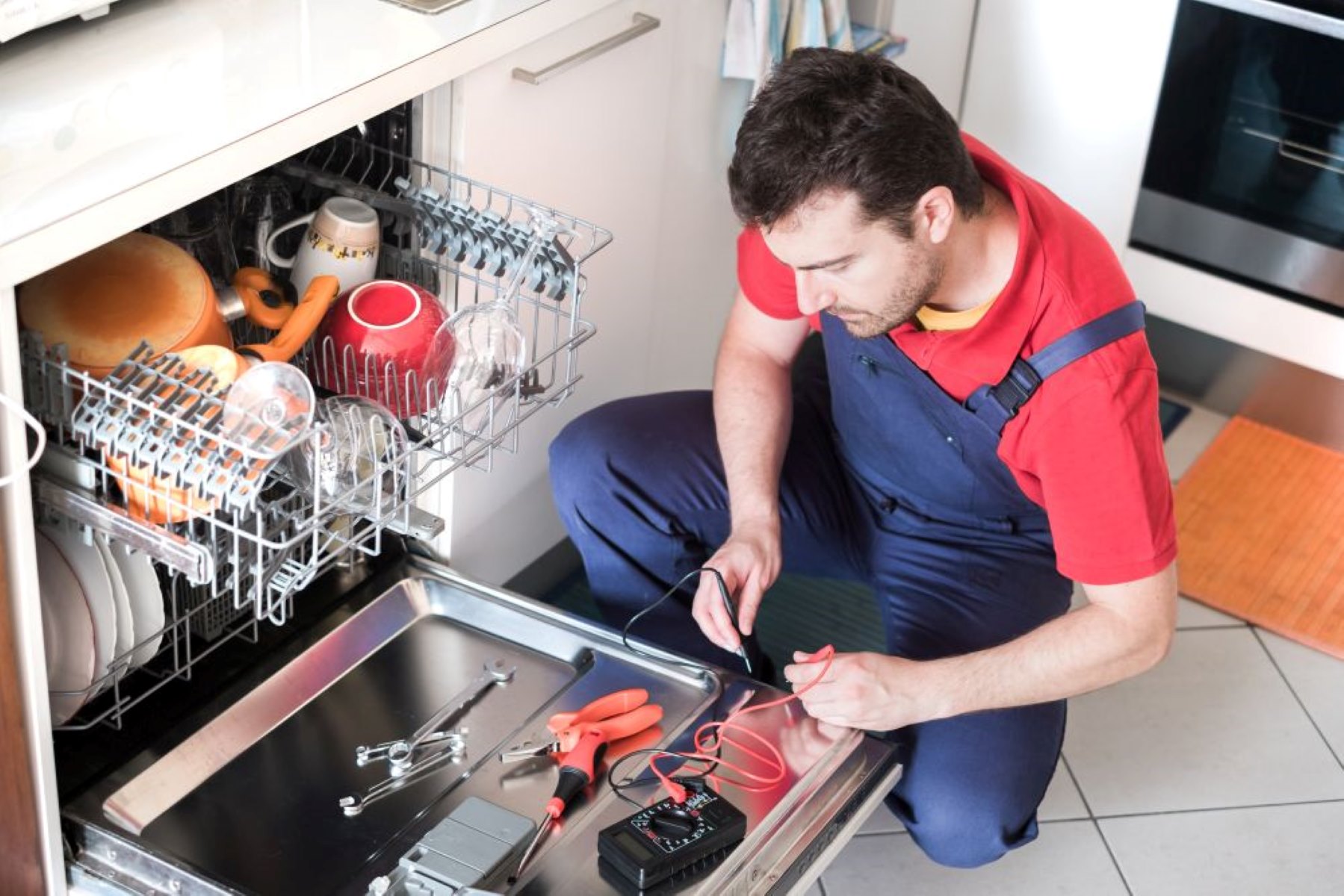
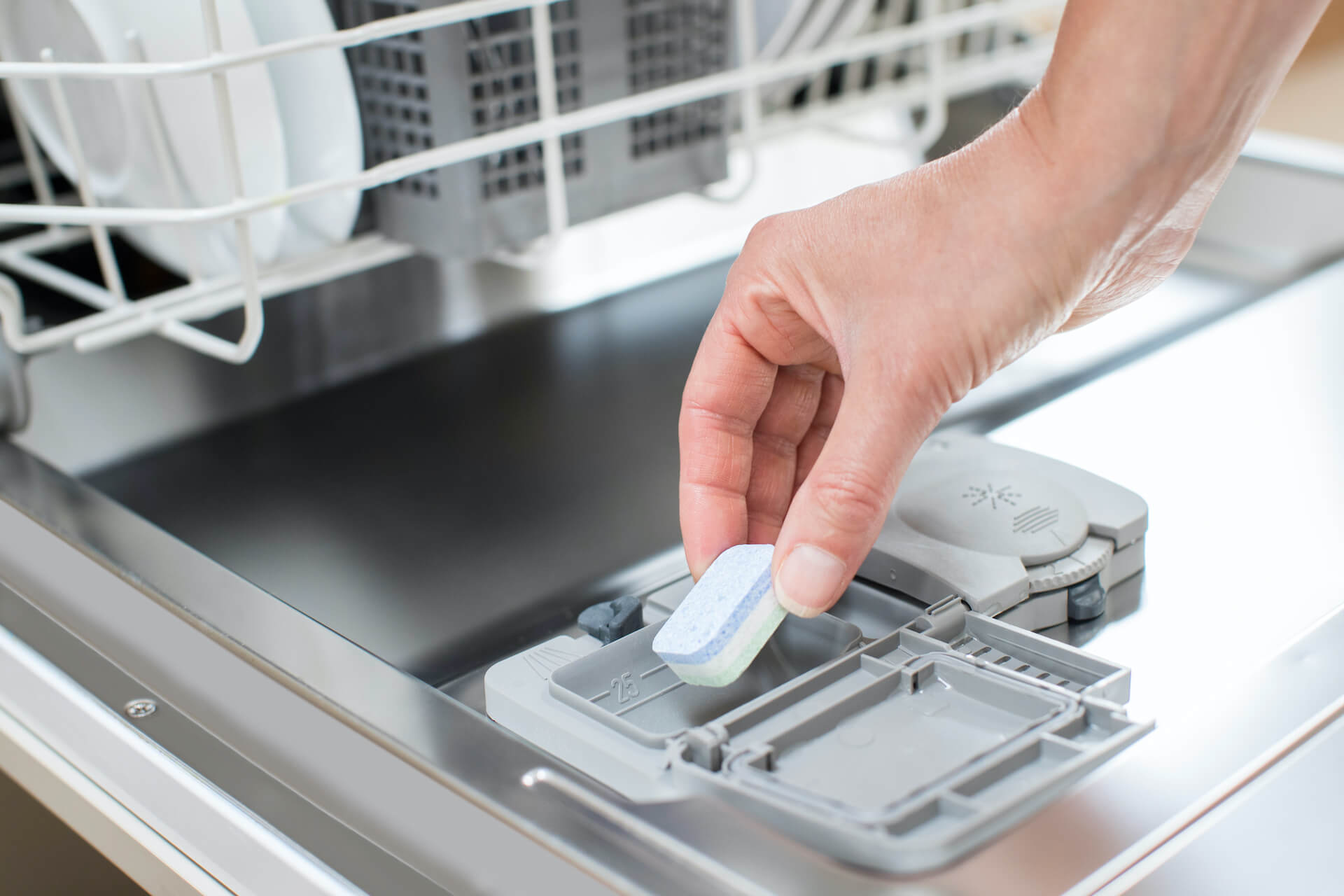
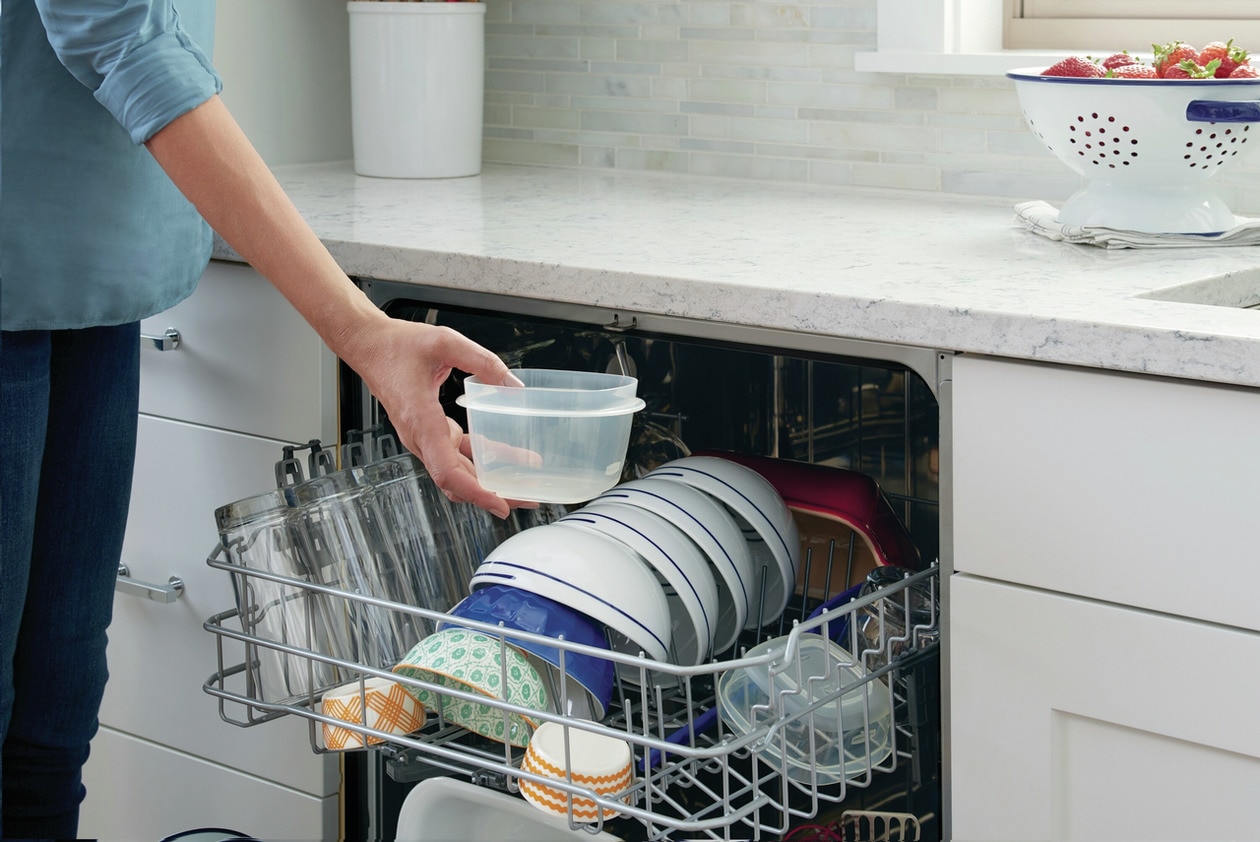

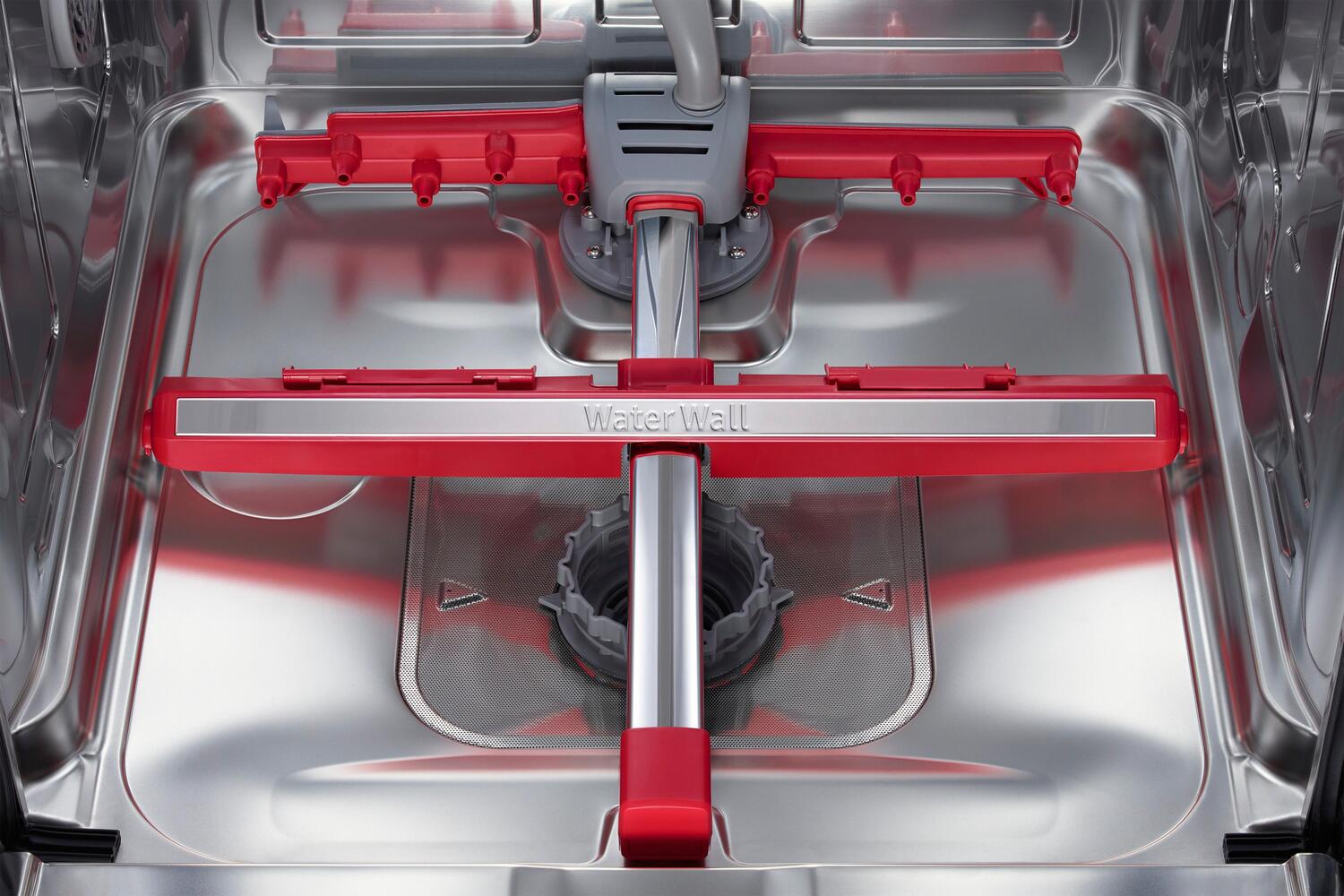
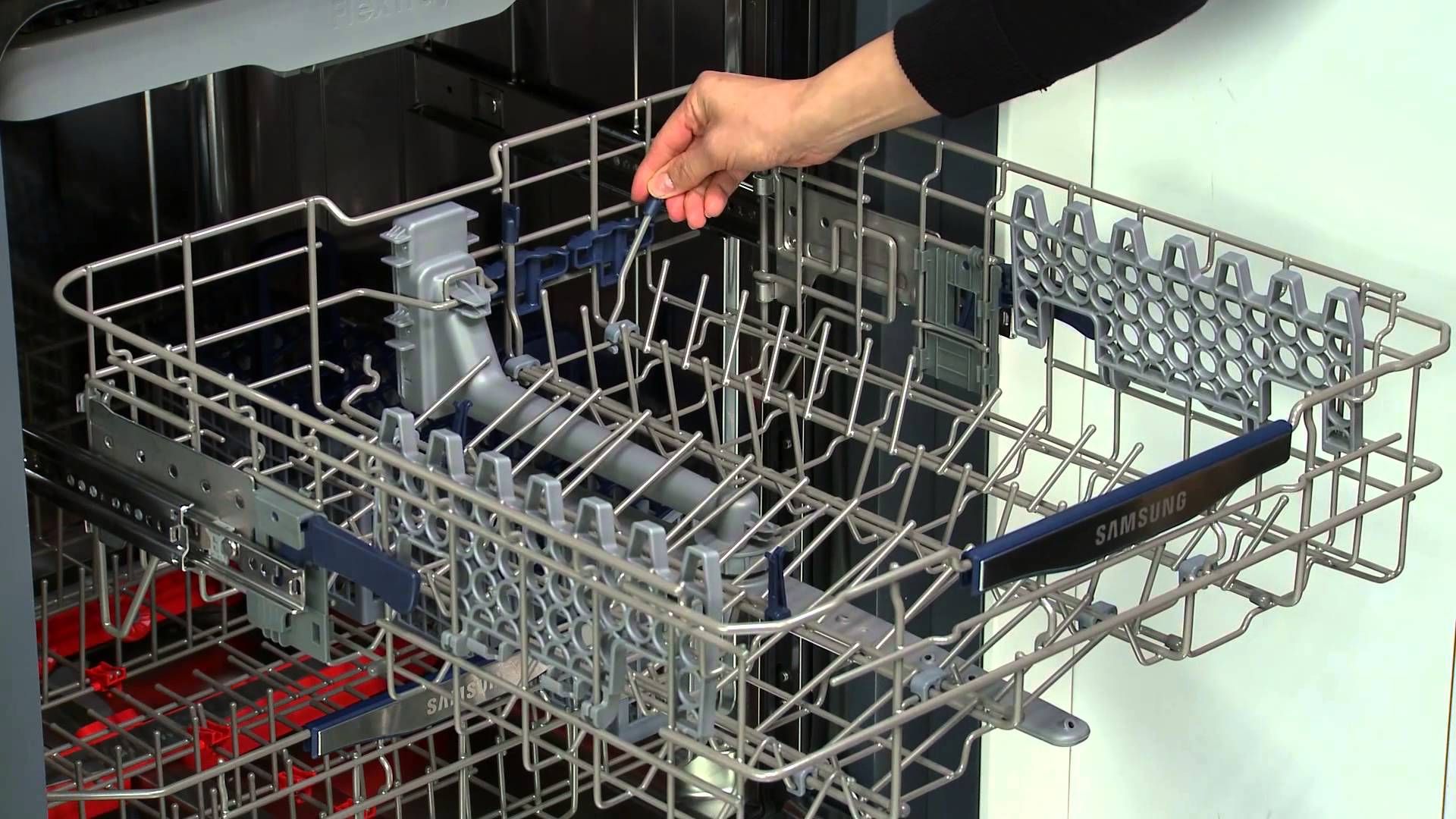

0 thoughts on “How To Use Samsung Dishwasher”